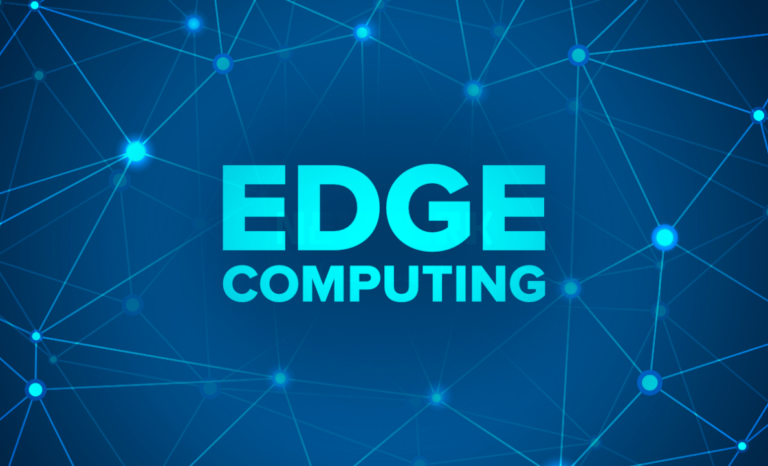In today’s fast-paced digital world, where data is generated at an unprecedented rate, edge computing emerges as a revolutionary paradigm to meet the demands of modern applications. This article delves deep into the concept of edge computing, its significance, benefits, and how it is transforming various industries.
Understanding Edge Computing
Edge computing is a distributed computing model where data processing is performed closer to the data source or “edge” of the network, rather than relying solely on a centralized data processing warehouse. This approach brings computation and data storage closer to the location where it is needed, reducing latency and bandwidth usage.
Key Components of Edge Computing
1. Edge Devices
Edge devices are the endpoints where data is generated, such as sensors, IoT devices, smartphones, and more. These devices collect and process data locally before sending it to centralized servers.
2. Edge Servers
Edge servers are located close to the edge devices, enabling faster processing of data. These servers can handle a variety of tasks, including data filtering, aggregation, and analysis.
3. Edge Data Centers
Edge data centers are smaller-scale data centers located closer to end-users. They host applications and services that require low latency and high availability.
Benefits of Edge Computing
1. Reduced Latency
By processing data closer to the source, edge computing reduces the time it takes for data to travel between devices and servers, resulting in lower latency. This is crucial for applications that require real-time data processing, such as autonomous vehicles and industrial automation.
2. Improved Reliability
Edge computing enhances the reliability of applications by reducing dependency on centralized data centers. Even if there is a disruption in the network connection, edge devices can continue to operate autonomously, ensuring uninterrupted service.
3. Enhanced Security
With edge computing, sensitive data can be processed and stored locally, reducing the risk of data breaches during transmission to centralized servers. This is particularly important for industries such as healthcare and finance, where data privacy and security are paramount.
4. Bandwidth Efficiency
By processing data locally, edge computing reduces the amount of data that needs to be transmitted to centralized servers, leading to significant savings in bandwidth costs. This is beneficial for organizations dealing with large volumes of data.
Applications of Edge Computing
1. Smart Cities
In smart city initiatives, edge computing enables real-time monitoring and analysis of various urban systems, including traffic management, waste management, and energy distribution.
2. Industrial IoT
In industrial settings, edge computing facilitates predictive maintenance, asset tracking, and process optimization by processing sensor data in real-time at the edge.
3. Healthcare
In healthcare, edge computing enables remote patient monitoring, real-time analysis of medical data, and personalized treatment recommendations while ensuring patient data privacy and security.
4. Retail
In retail, edge computing powers personalized marketing, inventory management, and customer analytics by analyzing data from in-store sensors and cameras in real-time.
The Future of Edge Computing
As the demand for real-time data processing continues to grow, edge computing is expected to play an increasingly important role in shaping the future of technology. From autonomous vehicles to immersive virtual reality experiences, edge computing will drive innovation across various industries, making our lives more connected, efficient, and secure.
In conclusion, edge computing represents a transformative shift in how data is processed, bringing computation closer to where it is needed most. By reducing latency, improving reliability, enhancing security, and optimizing bandwidth usage, edge computing is unlocking new possibilities for innovation and efficiency across industries.

